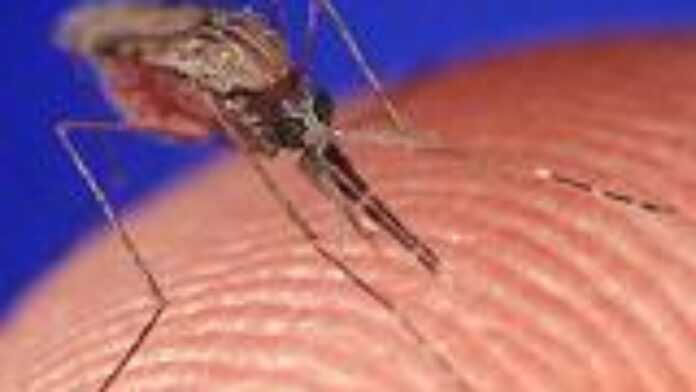
On World Malaria Day this week governments and activists will boast of
millions of dollars spent on tackling the disease that still kills a
child every thirty seconds somewhere in the world. But most of them
are culpable of disarming our most effective weapon–insecticides such
as DDT.
DDT was first used on a large scale in World War II to stop
insect-borne epidemics such as typhus. It surpassed all expectations
in fighting malaria around the world, saving millions of lives. In
1960s India, for example, DDT cut malaria cases from 75 million a year
to less than 100,000.
DDT slashed malaria infection and deaths across southern Africa. In
South Africa, DDT brought malaria cases down from 1,177 in 1946 to
just 61 by 1951 in Transvaal province alone. But in 1996 South Africa
stopped using DDT and by 2000 malaria deaths had increased eight-fold.
Infections rose from 5,000 to more than 60,000. In 2000, South Africa
reintroduced DDT indoor residual spraying (tiny doses on walls and
ceilings) and the number of malaria cases and deaths dropped by a
remarkable 80 per cent.
The 1960s, however, saw the rise of the Western environmentalist
movement, which vilified the use of insecticides such as DDT. This
helped malaria rise again, in India as in South Africa, and even now,
four decades later, insecticide use is threatened by environmentalist
alarmism.
For example, new research published in the British Journal of Urology
International alleges a link between DDT and birth defects in boys
among the Venda people in northeastern South Africa. A grave finding
if true but, as with the charges thrown around by environmentalists,
it does not stand up to scrutiny. The incidence among Vendas living in
houses with DDT indoor residual spraying is high, at around 11 per
cent, so there is a problem. But the figure for those living in houses
never sprayed with DDT is also high and statistically equivalent, at
10.2 per cent.
Clearly, more research is needed but this generated typically
scaremongering headlines about DDT, even though there is still no
evidence that it can harm humans. Indeed, for decades DDT was used in
great quantities in agriculture around the world with reckless
abandon–and malaria was eradicated in the Southern US States,
Southern Europe and many other regions.
This lack of evidence, however, has not prevented Western governments
and international organisations from legislating against or
discouraging such insecticides. South Africa is big, relatively
prosperous and does not depend on aid. Weaker countries have not been
able to resist pressure from aid donors and international
organisations to reject DDT.
For instance, in 2005 one of the world’s most highly malarial
countries, Uganda, started using DDT. Infections and deaths fell
rapidly yet the programme was shut down in 2006 after statements by
European Union officials in Kampala raised fears that even the tiniest
residues of any insecticide on exported food would cause the EU to
reject it. Ironically, growers even feared that DDT, a chemical we
know does not cause cancer, would be found on tobacco, a product we
know does cause cancer. This shut down a life-saving programme, with
zero benefit to EU citizens.
This is not just an old, regrettable, story: it has dire consequences
for the future.
Although DDT is highly effective, fighting malaria requires new
weapons. Yet so successful has been the anti-insecticides campaign
that there has been almost no investment in new insecticides that
could be used against malaria. Meanwhile, governments, foundations and
companies have invested hundreds of millions of dollars over decades
in the elusive search for a malaria vaccine. There is now only one
maker of DDT.
Shamefully, tens of millions of dollars have also gone into the
desperate, and fruitless, search to find some harm to humans from DDT.
Thwarting the use of insecticides that protect people from disease is
unscientific, nonsensical and cruel. Defending children against a
deadly, known risk should take precedence over precautionary ideology
based only on unproven, theoretical risks.
America’s USAID used to put pressure on some countries to reject DDT,
like most donors. Now, USAID alone funds DDT use, so maybe there is
hope. African governments must now stand up to the double standards of
aid donors and activists who prevent the use of insecticides with
fears of human harm and threats to trade.

